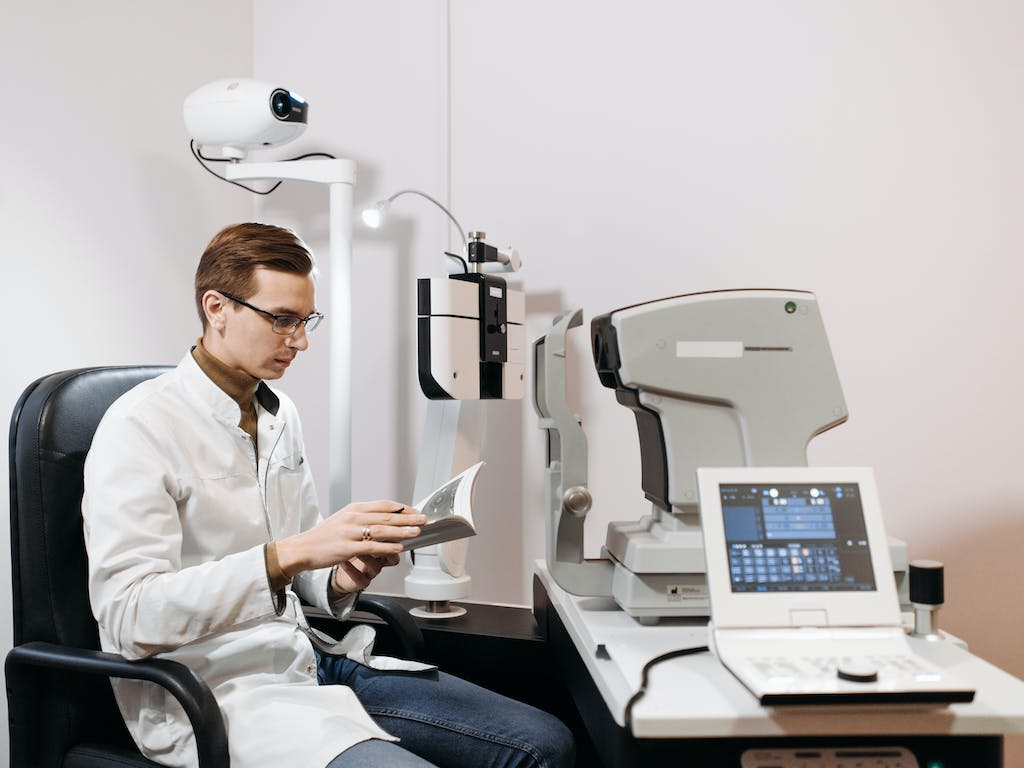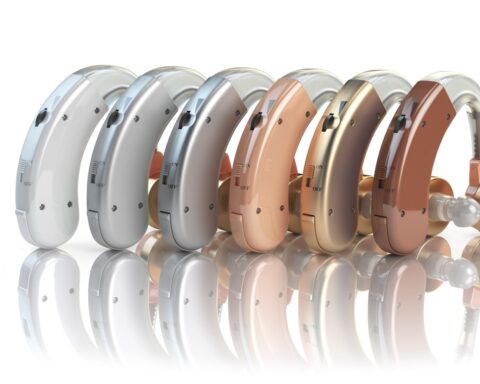For centuries, vision problems have been corrected through the use of eyeglasses and contact lenses. Today, technological innovations are continually revolutionizing the diagnosis, treatment, and management of various eye conditions. Read along and learn more about the latest advancements in eye care technology and how they benefit clinics, doctors, and patients.
Advancements in Eye Diagnosis Technology
Technological advancements have made eye examinations more accurate and efficient. For example, optometrists and ophthalmologists now use Optomap ultra-widefield (UWF) retinal imaging equipment, which provides a panoramic view of the retina, enabling doctors to diagnose and manage diabetic retinopathy and other eye diseases. High-tech optical coherence tomography (OCT) is another advancement that provides a 3D image of the eye, allowing for a more detailed look at the retina. With this technology, doctors can detect various eye conditions, including macular degeneration and glaucoma, even before the symptoms appear.
Advancements in Eye Surgery Technology
Technological innovations have also transformed eye surgery. Robotic surgery systems allow surgeons to perform precise, minimally invasive operations that are less painful and offer a shorter recovery time. One such system is the da Vinci Surgical System, which has been used in cataract surgery. Another innovation is femtosecond laser technology, which has been used in LASIK surgery to create flapless corneal incisions, improving surgical precision and reducing the risk of injury.
Advancements in Corrective Vision Technology
Looking for the perfect solution to correct vision? Take a look at some of the latest corrective vision technologies. The phakic intraocular lens (IOL) for presbyopia is one example of offering an alternative to individuals who are not suitable for traditional LASIK surgery. These lenses are specially designed to allow individuals to adjust their vision using a remote control. Another advancement is the implantable Collamer lens (ICL), which can correct moderate to severe myopia, as well as astigmatism, offering patients another option to correct their vision.
Advancements in Eye Disease Management Technology
With various advancements taking place in eye disease management, the detection and control of eye conditions are continually improving. One such advancement is the use of artificial intelligence (AI) in detecting eye diseases. Researchers have developed AI systems that can automatically detect diseases like diabetic retinopathy by analyzing retinal images. This aids in early diagnosis and treatment, which improves the outcome of the disease considerably. Multiple studies have shown that the technology is highly effective, rivaling or even surpassing the accuracy of ophthalmologists.
With more precise and less invasive procedures, eye care professionals can offer patients enhanced treatment options that are safer and more effective. As technology continuously advances, patients can expect to see even more technological breakthroughs in the future, providing greater hope and expectations for medical treatments related to eye care.






